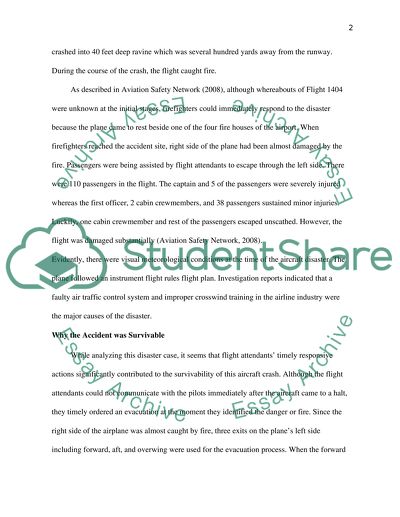Cite this document
(“Continental Airlines Flight 1404 Research Paper”, n.d.)
Continental Airlines Flight 1404 Research Paper. Retrieved from https://studentshare.org/design-technology/1455357-continental-airlines-flight
Continental Airlines Flight 1404 Research Paper. Retrieved from https://studentshare.org/design-technology/1455357-continental-airlines-flight
(Continental Airlines Flight 1404 Research Paper)
Continental Airlines Flight 1404 Research Paper. https://studentshare.org/design-technology/1455357-continental-airlines-flight.
Continental Airlines Flight 1404 Research Paper. https://studentshare.org/design-technology/1455357-continental-airlines-flight.
“Continental Airlines Flight 1404 Research Paper”, n.d. https://studentshare.org/design-technology/1455357-continental-airlines-flight.


